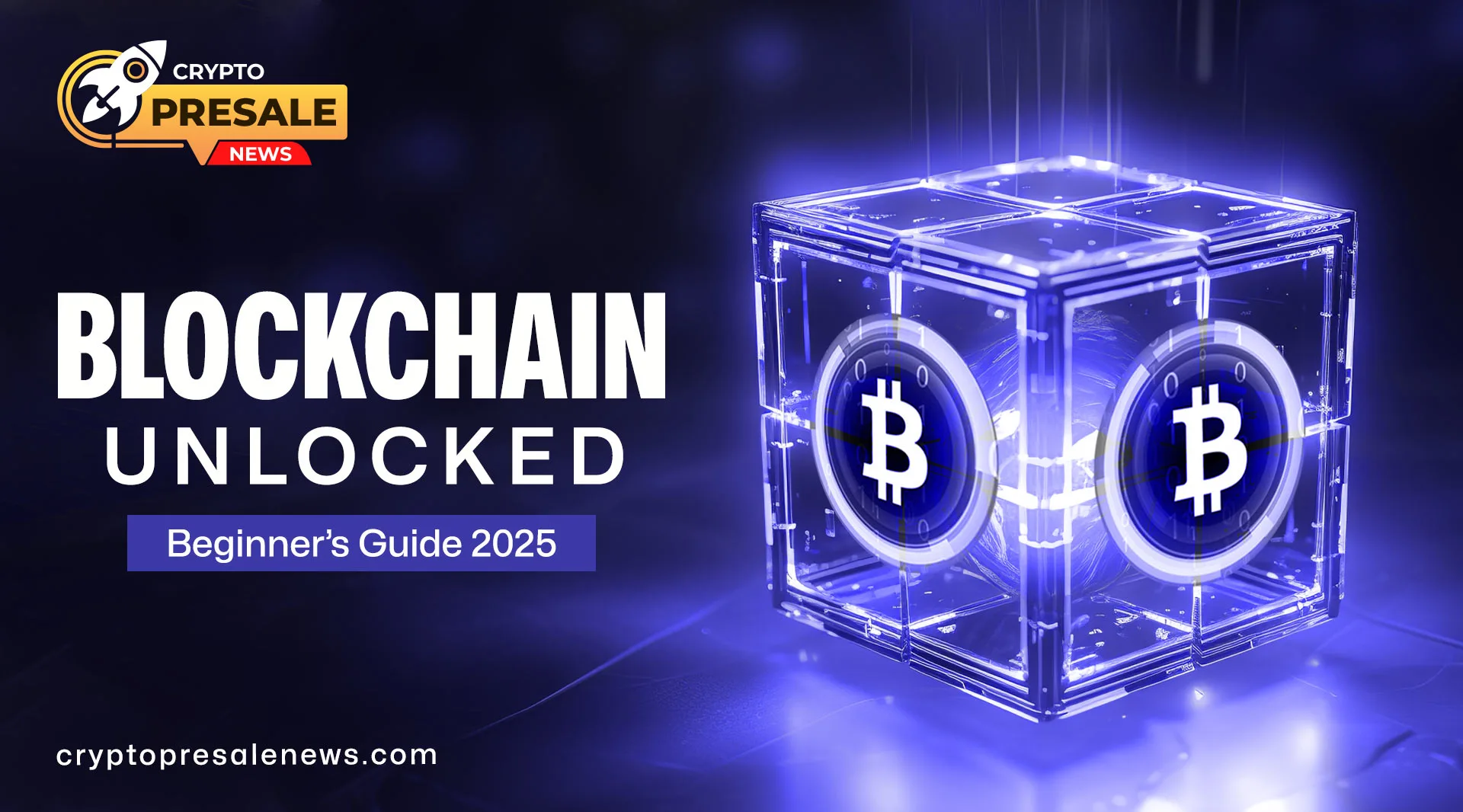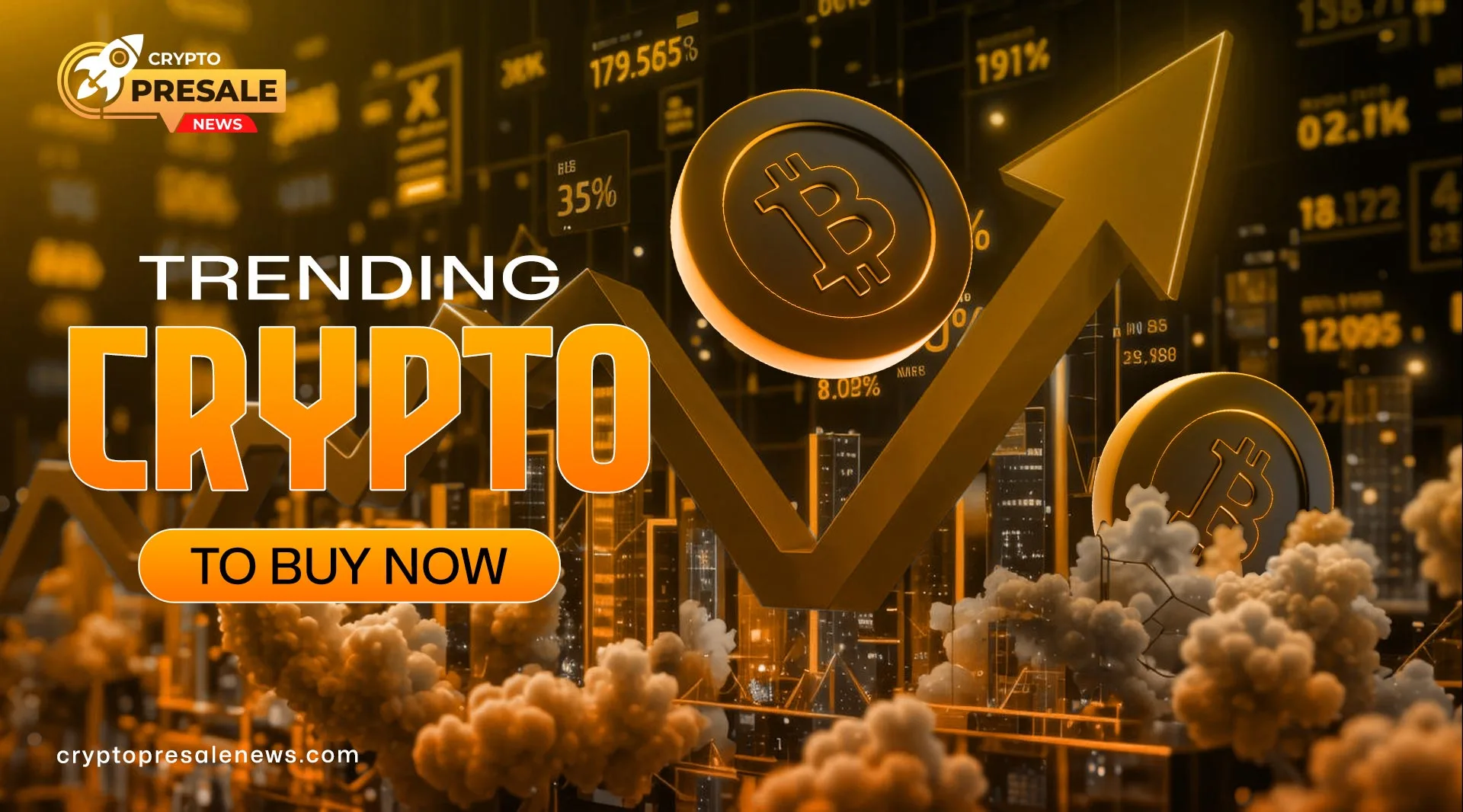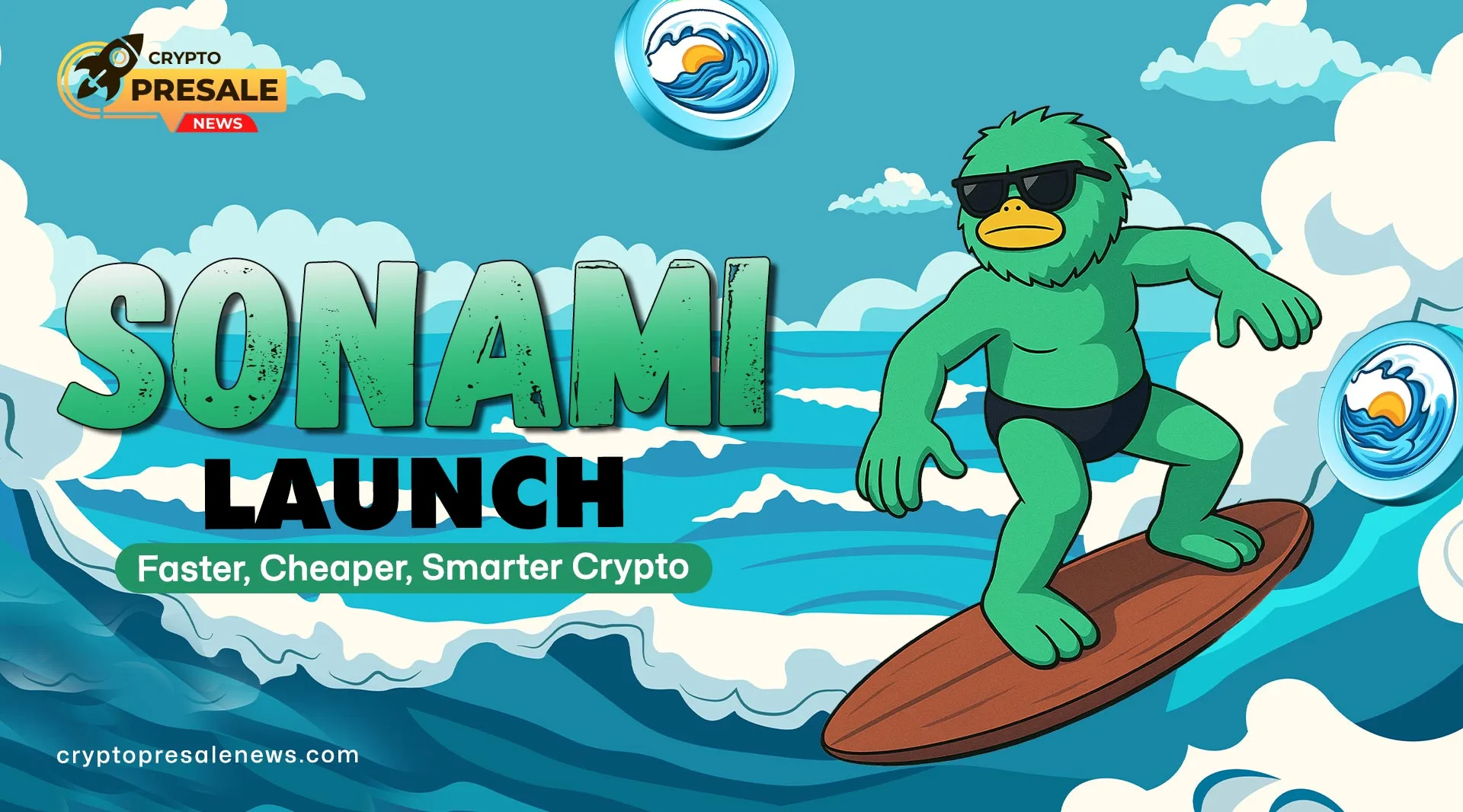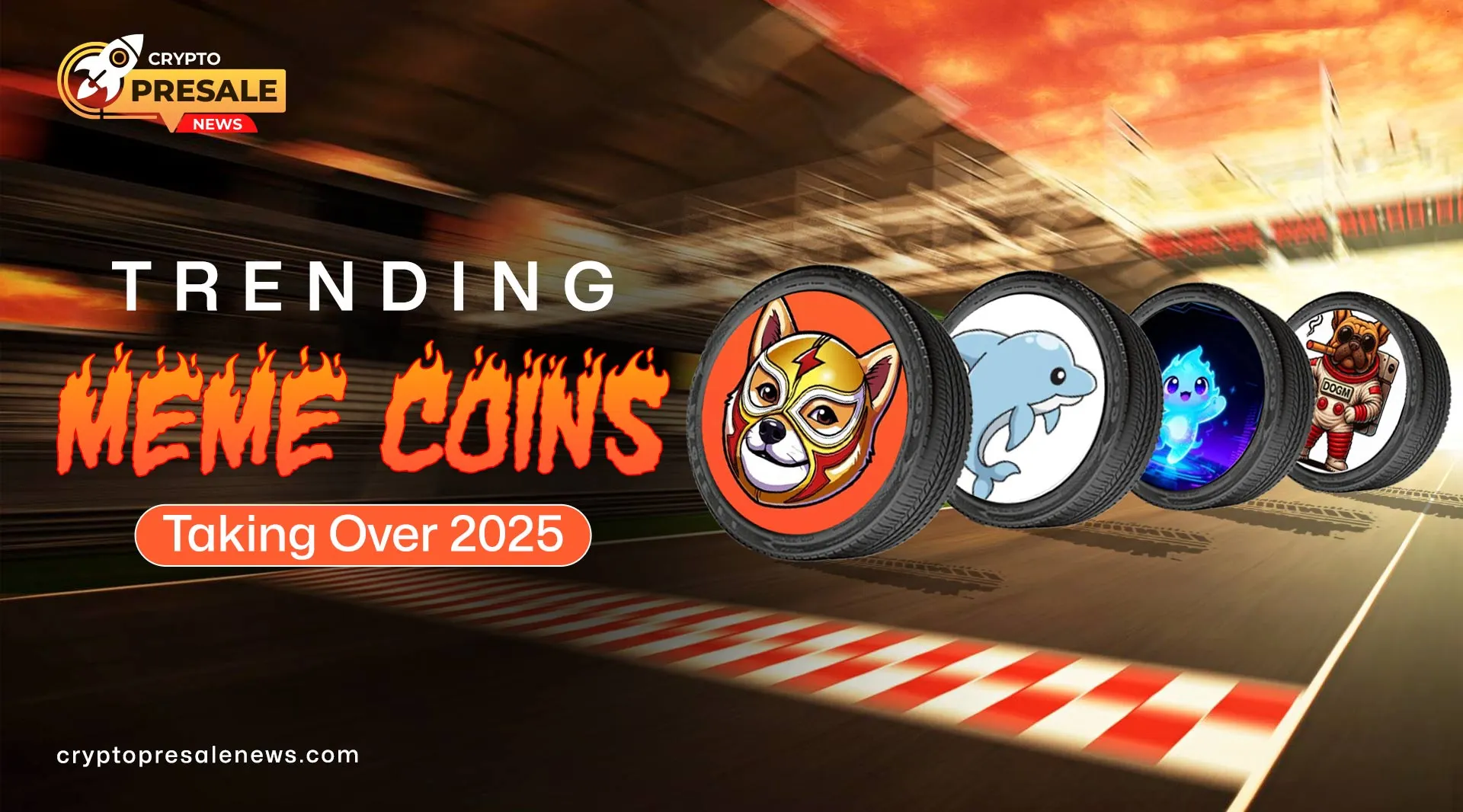Have you overheard conversations about blockchain and questioned its true meaning? You may have heard statements that pertain to Bitcoin, cryptocurrency, or digital currency. But in actuality, it isn't simply crypto. It’s a highly sophisticated technology that changes how the internet, banks, and even governments function.
With this guide, everything is very casual. No computer tech language, no confusing words, just a simple language to explain what blockchain is, how it works, and its potential relevance.
What is Blockchain?
Visualize a notebook that is visible to the world but cannot be erased or have pages ripped out. Subsequently, whenever someone writes down anything into that notebook, the entire world receives a copy. Achieving this is effectively what represents, yet it is a digital notebook that lives on a computer and can not be manipulated.
In simpler terms, It is a digital system that records data securely and without the ability to change it. This system stores information in small digital blocks, and when one block is full, it connects to the next block, creating a long chain. That is why it is called blockchain.
How Does Blockchain Work?
Let's go through each step in a straightforward manner.
- A Transaction Occurs- For example, you send digital money to your friend.
- The Transaction is Checked- A network of computers (known as nodes) is used to check that you have the money you sent.
- The Transaction is Included in a Block- After verification, your transaction gets grouped with other transactions in a digital "block."
- The Block is Connected to the Chain- That block is then connected to a lengthy, expanding chain of previous transactions.
- The Blockchain Updates for All- Each computer on the network receives the same updated copy of the blockchain.
This process repeats thousands of times per day, creating a secure, permanent record of everything that happens on the network.
Why is Blockchain Important?
It is popular because it solves a big problem: trust.
In today’s world, we rely on banks, companies, or governments to keep records safe. But what happens if those systems fail, get hacked, or make mistakes? It removes that risk by giving everyone access to the same, verified record that cannot be changed.
Here’s why people around the world are excited about:
- It’s transparent- Everyone can see the records, so there’s no cheating.
- It’s secure- Data can’t be changed or deleted.
- It’s decentralized- No one owns it; it's shared across thousands of computers.
- It’s fast- Transactions happen within minutes, not days.
- It’s global- Anyone, anywhere can use it.
In short, It helps people trust each other even when they don’t know each other.
Where is Blockchain Used?
You might be surprised to know how many industries already use blockchain. It’s not just about cryptocurrency anymore it’s much bigger.
- Cryptocurrency- Bitcoin, Ethereum, and other digital currencies run. It keeps track of who owns what without needing a bank.
- Supply Chain- Companies use to track where their goods come from. For example, a coffee brand can show where every bean was grown and roasted.
- Healthcare- Hospitals and doctors use to store patient records safely and share them securely.
- Voting Systems- It can make elections safer and more transparent by ensuring every vote is counted and can’t be changed.
- Digital Art and NFTs- Artists use to prove ownership of digital art, music, or collectibles called NFTs (Non-Fungible Tokens)
Benefits of Blockchain
It has many real advantages that make it so powerful and popular.
- Transparency- Every transaction is open to the public. Nothing can be hidden or changed secretly.
- Security- Data is encrypted and stored on many computers, not just one. That makes it almost impossible to hack.
- Speed- Traditional systems can take days to send money or verify data. It can do it in minutes.
Challenges of Blockchain
Even though is powerful, it’s not perfect. Like all technologies, it faces a few hurdles.
- Energy Use- Some blockchains, like Bitcoin, use a lot of electricity for mining (verifying transactions).
- High Costs During Peak Times- When the network is busy, transaction fees can rise quickly.
- Complexity- It’s still a bit tricky for beginners to understand and use blockchain apps.
Blockchain vs. Traditional Systems
In the old way, all your data or money passes through a middleman like a bank, government office, or company. You need to trust them to be honest and protect your information.
It flips that idea. It removes the middleman completely. Instead, your data is stored safely across a network that everyone can see but no one can change.
This gives users more control and power over their own information, something that wasn’t possible before.
The Future of Blockchain
The future of looks bright and full of potential. Experts believe it will become part of our everyday lives just like the internet is today.
Here’s what might happen next:
- Digital Identity- People will control their own online IDs instead of depending on companies.
- Smart Contracts- Deals that run automatically when conditions are met no need for lawyers or paperwork.
- Decentralized Finance (DeFi)- Banking without banks lending, borrowing, and investing directly using blockchain.
Is Blockchain Safe?
Yes, It is generally very safe. Every transaction is verified by multiple computers before being added to the chain, and once it’s added, it can’t be changed. However, while the blockchain itself is secure, some apps or exchanges built on it may not be. So, always do your own research before investing or sharing personal details on any project.
Final Thoughts
It might sound like a big technical idea, but at its heart, it’s simple; it's a digital way of keeping records that everyone can trust. It’s about transparency, honesty, and security in a world where those things are often missing. From digital money to healthcare, from art to real estate, It is already shaping the future. Whether you’re just curious or planning to explore it deeply, learning about today can help you understand tomorrow’s digital world better. The best way to begin is to stay curious. Read, explore, and test small blockchain-based apps to get familiar with how they work. The future is built on blocks and now you know exactly how they connect.






